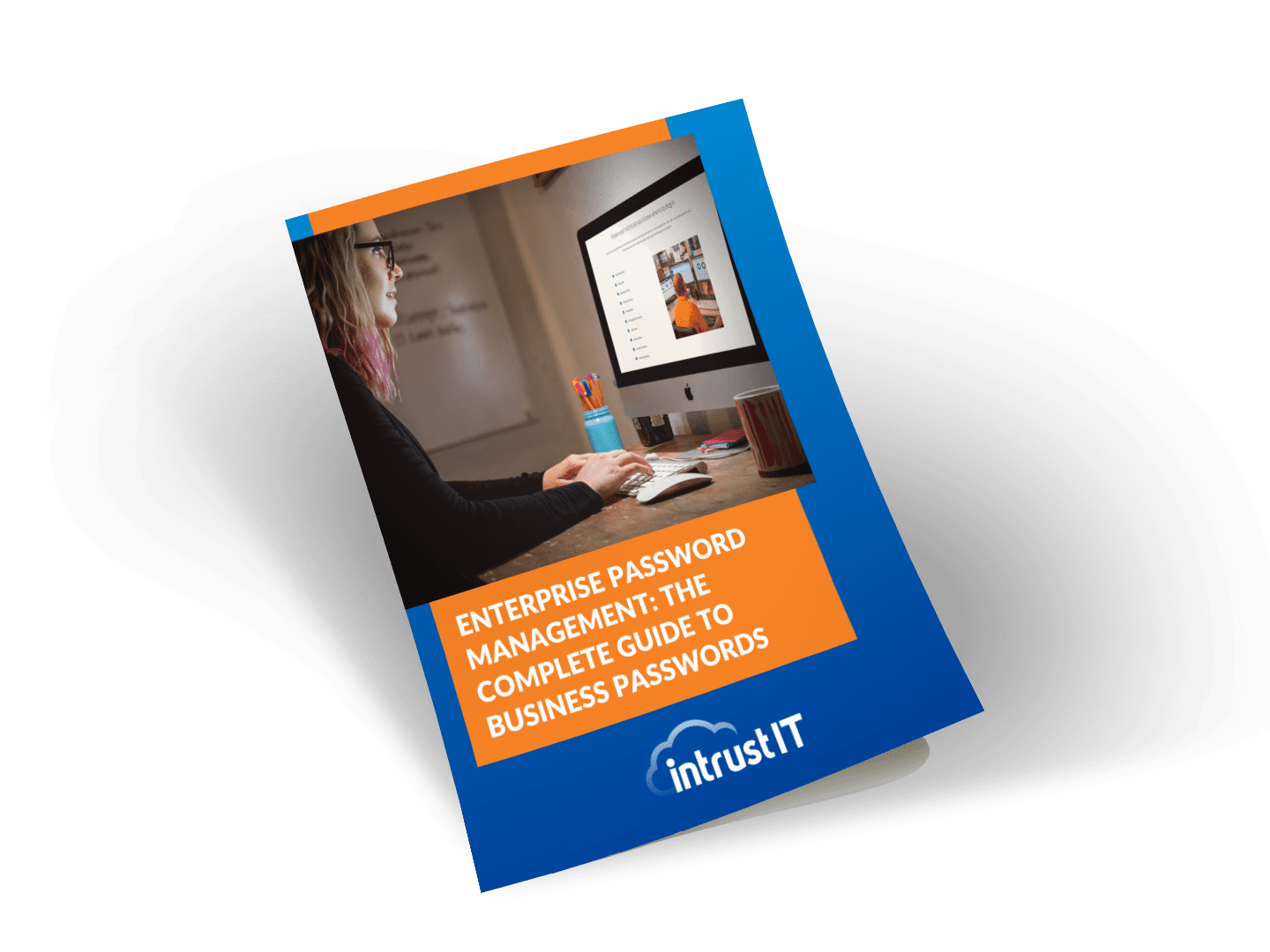The Key To Business Resilience: Get Your DBR In Shape

Business resilience means making sure your business can survive anything that comes at it, from supply chain issues to a ransomware attack (and everything in between). As a managed service provider, we have a great deal of experience helping companies improve their business resilience through Data Backup Recovery (DBR) planning.
If you are working to grow your business and improve your resiliency but not including a DBR plan, you are ignoring a critical component. Data backup and recovery is about more than just not losing the file you spent all day toiling over. It’s about ensuring your business can weather a variety of figurative and literal storms.
The good news is that shaping up your DBR plan can be as easy as A-B-C.
A – Assess Your DBR Needs
In a nutshell, this just means looking at what you have and deciding what you need to achieve your business resilience goals. But don’t be tempted to just skim the surface. You need to deep dive into the different types of tools you use and data you store for your business. Start with your tools (applications):
Applications – Make a list, then prioritize them based on the following:
- Which would be most affected by a system disruption?
- Which are irreplaceable?
- Which can be replaced from other sources?
- What (or who) would be affected if those applications are disrupted?
- What would be the per-hour cost for each application, if affected?
Data and Infrastructure -Businesses are different in the types of data and infrastructure used in their particular business. Again, make a list of the kinds of data you use:
- Photos
- Databases
- Letters
- Financial files
- Other
What type of data you have is irrelevant. What is relevant is whether or not you can afford to lose it permanently? If not, back it up and develop a recovery plan, today if not sooner.
B – Backup Your Business Infrastructure and Data
Now that you’ve made your lists, you need to decide:
- The type of backup needed
- Who is going to do that backup
- Where that backup(s) is going to be located: in house, in the cloud, at another branch or location?
Give consideration to the different types of disruptions that can test your business resilience. If you choose “in house” backups and the disruption is a flood or fire, then chances are your backups will be in the same danger as your primary files. That won’t gain you anything. Backing up to your corporate headquarters in another state sounds safer, until you’re impacted by outages in networks that are nowhere near your place of business. The best answer is to create redundant backups in multiple locations or in a cloud service (or both).
It’s also important to have a single contact person responsible for your company’s data backup and recovery plan (although they don’t need to be the person running the actual backups). This role is just the person who is making sure the backups are getting done. This is a good practice whether you are managing your backups with an in-house IT person or a managed service provider (MSP). Depending on your DBR needs, a small or on-person IT team can easily become overloaded. An MSP can help you set up a layered backup and disaster recovery plan that makes sure recovery is possible in minutes, not hours or days.
C – Create Business Resilience Controls (Your Business Resilience Plan)
Controls are critical to protect your data. Using your IT team or MSP, create and implement the controls that together form the foundation of your business resilience plan, including:
- Your DBR plan outlines the type of backup solutions to use and how often to use them for each data component you need to protect. These decisions will be based on your business needs and your budget (all the work you did in A & B).
- Training sessions for your team (including management). Everyone should be able to spot a weakness, bogus email or other form of cyber attack before falling victim to it.
- Endpoint protection on every device on your network, including personal phones and computers that might access business files.
- Cyber attack simulations. Test your team’s training and find weak spots that need retraining by simulating your own phishing emails and other cyber attacks. This is not easy to do in-house even with a large IT team. But the right IT partner can help make this easy and affordable for your business
Get our free Phishing Prevention Cheat Sheet
- Team collaboration tools like Microsoft Teams make it easy to securely share files stored in a central location. With a permission structure if needed, work is accessible to all. This can reduce the burden on multiple document versions and email file sharing.
Cloud vs. Local Backups for Business Resilience
A local backup is when you save your data to an external hard drive or an onsite server at your physical office. Historically, this has meant a server room, closet or even just a rack within the same building as your business.
That’s the disadvantage of local servers–they increase the risk of your backups being lost by the same event that disrupts your primary files. On the plus side, local servers are lightning fast (10X+ the speed of uploading and downloading to the cloud).
Cloud backups can be just about anywhere and it’s easier to create redundant backups in multiple locations using cloud services. The only disadvantage of cloud backups is the download and upload speed for very large files. You won’t notice the difference in a Microsoft Word document. But if you’re downloading Adobe Illustrator or AutoCAD, the speed could impact productivity.
That’s why the best solution for many businesses is a hybrid of cloud and local backups-also called shared system backups. This approach saves files locally for increased access speed, but also backs them up in the cloud for increased business resilience.
Not sure what to look for in an MSP? Get our free checklist.
At Intrust, we shore up your business resilience with comprehensive data backup and recovery planning along with the cyber security protocols and training you need to protect your business. Need more information? Contact us or book a no-obligation meeting, virtual or in person.
Share this Blog

Is Your Name or Birthday a Part of Your Password?
If so, you’re a part of the 59 percent of people who don’t follow proper password hygiene. More than 70 percent of passwords are used for more than one system, meaning if cybercriminals crack one, they can access a lot more accounts.
Our free Enterprise Password Management Guide will give you the best password hygiene practices to help you secure your computer and your business.
Download the Guide
Explore the Latest Trends in IT

Securing Our Cities: Cybersecurity Protection for Local Governments

Manufacturing and IoT: Securing Connected Devices

Small Business Cyber Security Toolkit: The Tools You Need to Stay Protected




